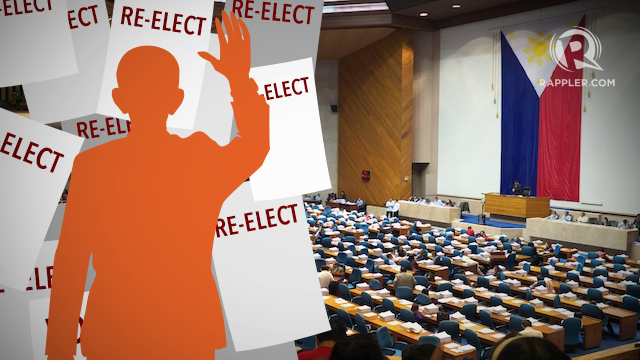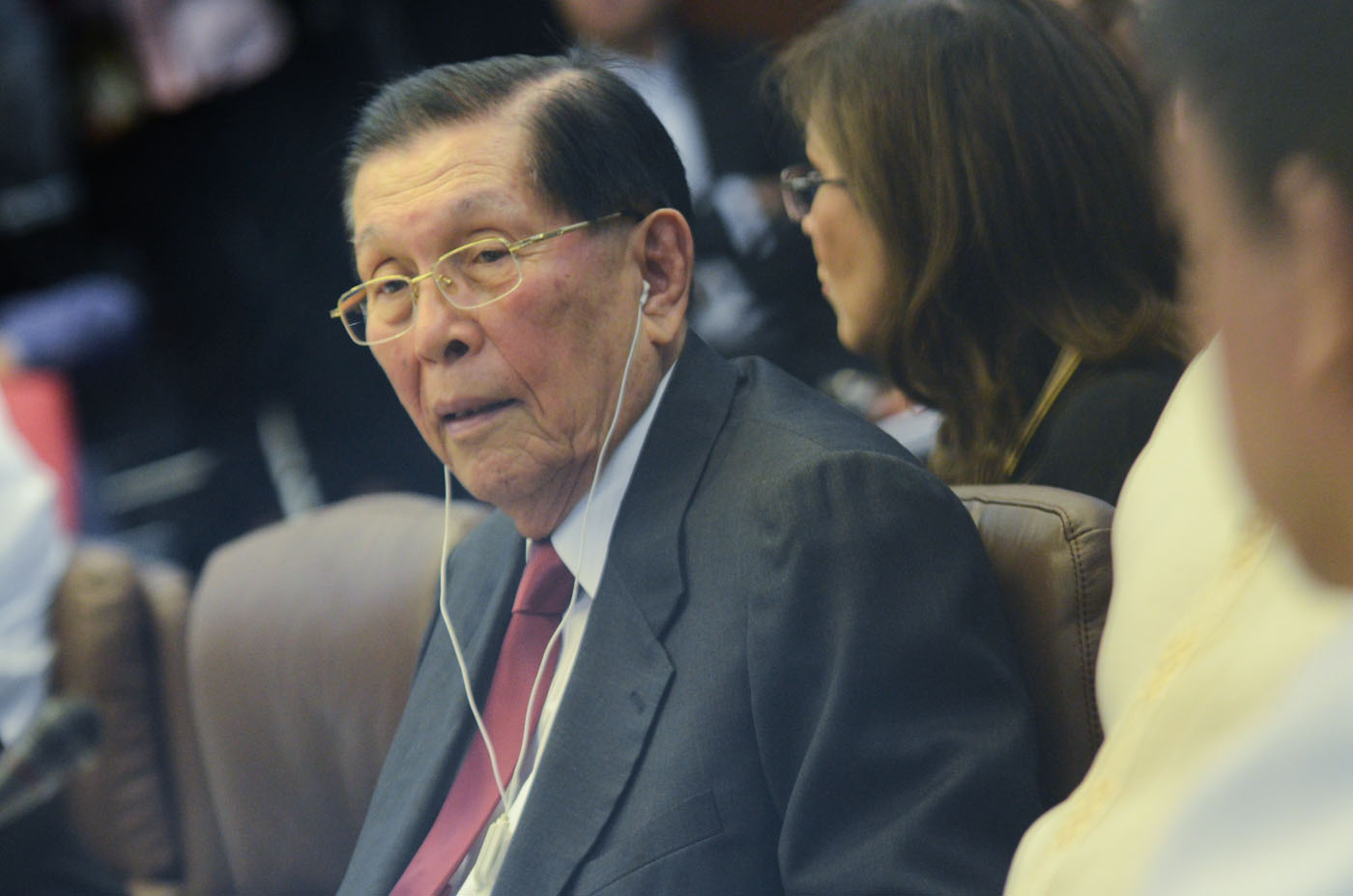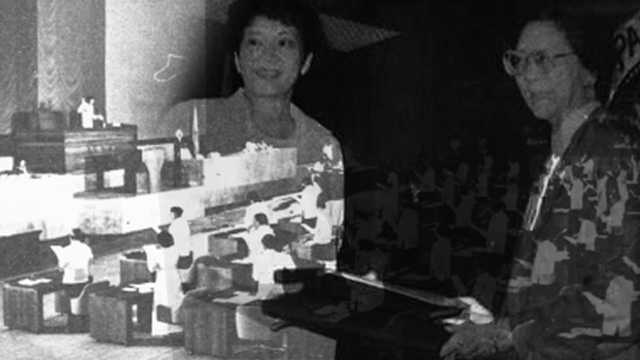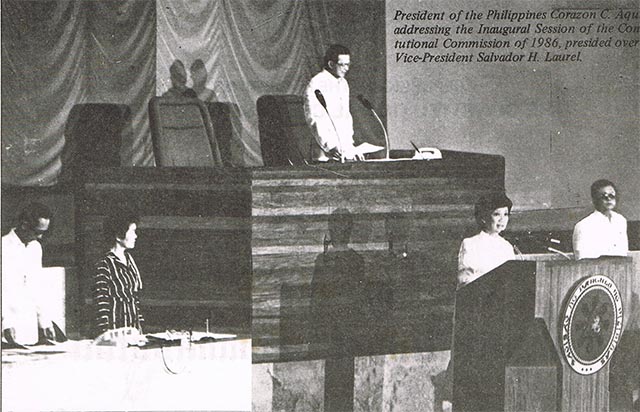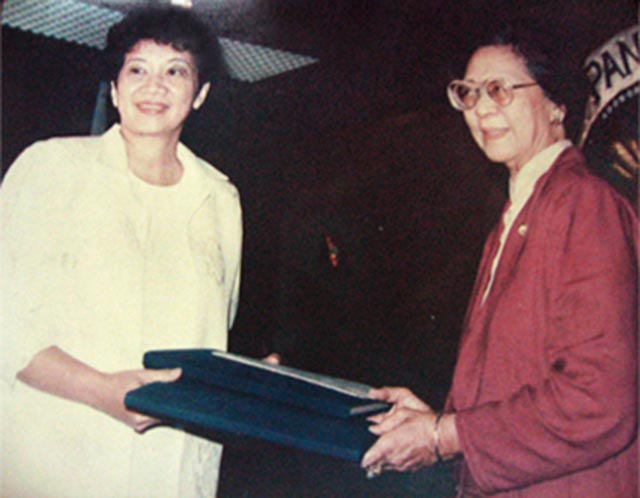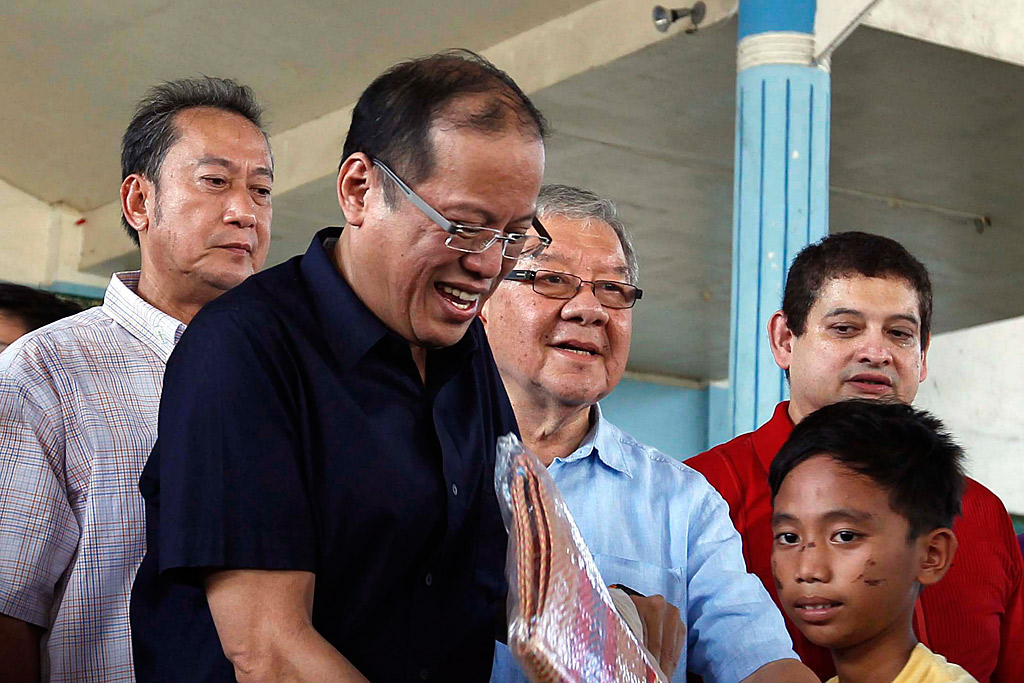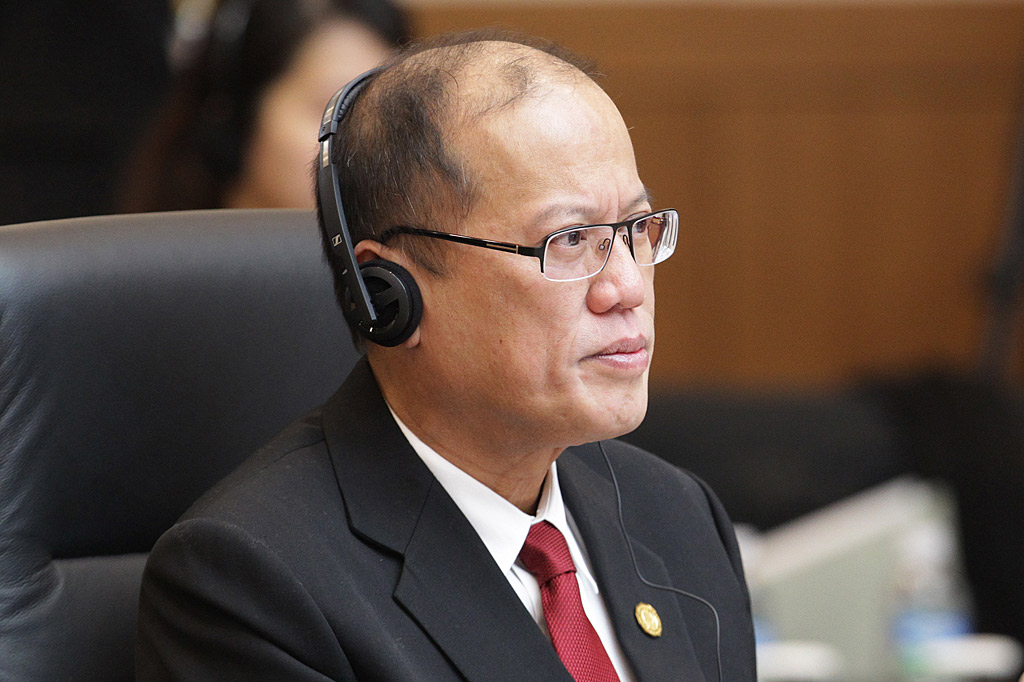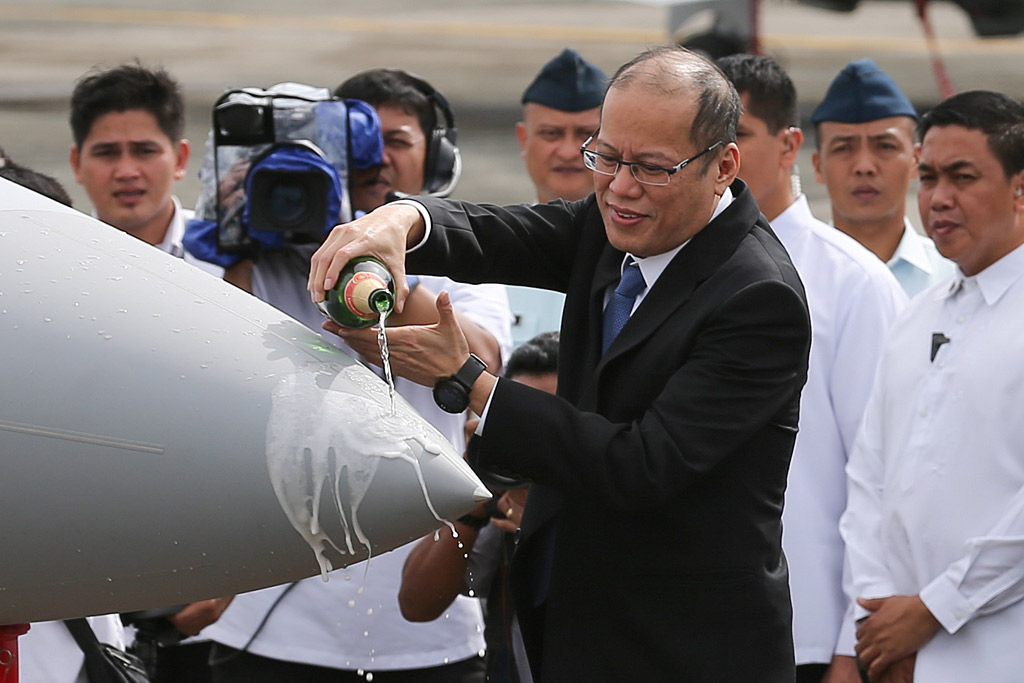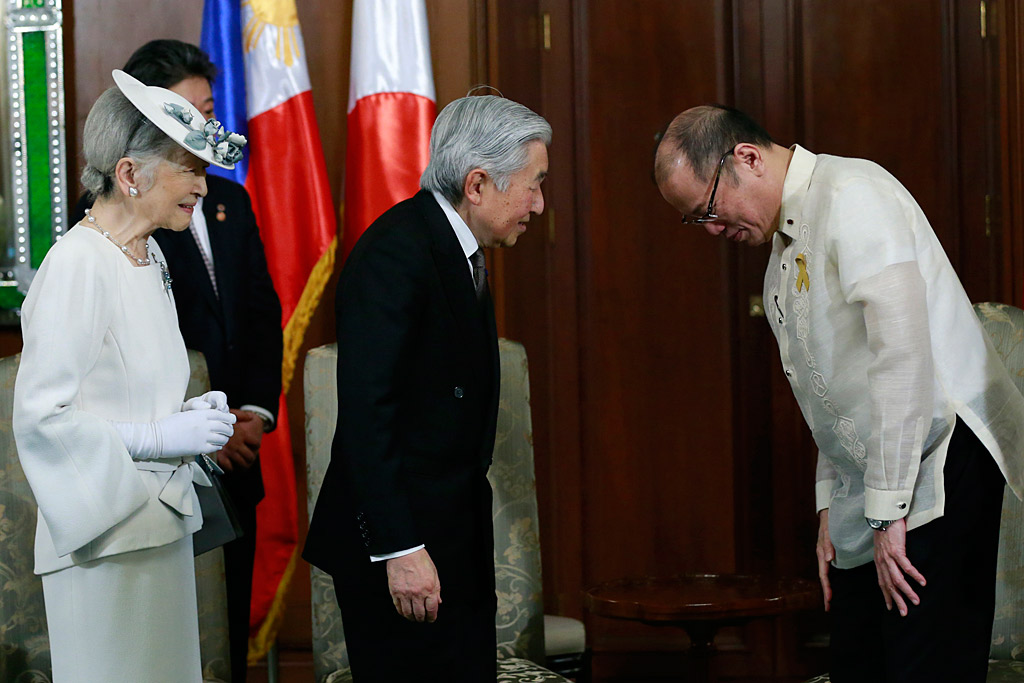![2016 CAMPAIGN. Aside from the disqualification risk she is facing, presidential bet Grace Poe has to address key issues – ratings, messaging, organization – in her 90-day campaign. Photo by Ben Nabong/Rappler]()
MANILA, Philippines – It's been a tough ride for presidential aspirant Senator Grace Poe. Her road to Malacañanang is as rough as it is uncertain, tainted with the risk of disqualification over citizenship and residency issues.
Even before she formally declared her presidential bid, she had an idea of what was going her way. But the magnitude of the attacks, she said, was something she did not see coming.
Her rejection of the ruling Liberal Party’s invitation to be its vice presidential bet did not come without any consequence. The consistent survey frontrunner then struggled to sustain her momentum. And true enough, just as she expected, disqualification cases and unrelenting attacks on her worthiness to become the next leader were hurled at her.
Fortunately for her, despite all the odds, she's managed to regain the top spot among presidential contenders, based on the latest Pulse Asia survey released Saturday, February 6. Her 30% preference rating pulled her above Vice President Jejomar Binay, who obtained 23%.
The question is, do these results indicate that she's doing everything right, and that there's nothing to fear about the challenges that could still come in the next 3 months – if she's not disqualified by the Supreme Court?
Will the memory of her father, the late Fernando Poe Jr (FPJ), be enough to help her surmount these challenges? Or could it be a foreshadowing of sorts? After all, the two faced similar disqualification cases in the course of their quest for the presidency.
The 2016 presidential elections, as veteran observers and political analysts claim, is still anybody’s ball game. Now that the official 90-day campaign period is set to start, what are the main things Poe still has to work on?
1. Survey ratings
![FOR POE. Grace Poe's ratings have been strongly affected by the disqualification issues against her. Photo by Ben Nabong/Rappler]()
The attacks on Poe and her family over citizenship and residency issues have taken their toll on her ratings. The perennial frontrunner saw her ratings go up and down, in an almost unpredictable fashion.
Poe’s rise as the top presidential contender started in June 2015, as exhibited in both Pulse Asia and Social Weather Stations polls. Poe got 30% and 42% in June, respectively. This positive feedback continued until September. After that, her ratings started to fluctuate as the disqualification cases evidently affected her numbers.
In a bid to change this, Poe actively went to provinces to explain to voters she is still a presidential candidate. This may have worked the way they envisioned it because the January Pulse Asia elections survey showed Poe recovering.
The same Pulse Asia survey showed Poe enjoying the highest ratings in Metro Manila, closely trailed by Binay, and the rest of Luzon. She, however, has low ratings in the Visayas and Mindanao. FPJ had a strong following in Mindanao but Poe also has to contend with Duterte, who got 48% from Mindanao. He hails from the region.
Among social classes, Poe enjoys a wide lead in Class D. She is statistically tied with Duterte in Class ABC and Roxas in Class E.
While Poe regained the top spot, analysts maintain it’s too early to feel victorious, as it’s still a tight presidential race.
“Di mo pa masasabi yan (You still can't tell). Hindi mo pa makikita yung trend ngayon (You still won't see the trend now), normally the difference between candidates is 5-6 percentage points, well within margin of error,” political analyst Edmund Tayao told Rappler.
Presidential preference surveys have been the go-to resource of campaign teams to check the present status of their presidential bets. They also shed light on the failures and points for improvement of the team.
Tayao emphasized the need for Poe to distinguish herself from other bets and come up with a strong and clear messaging to reclaim the consistent lead she used to enjoy. Even with 3 months left before the elections, he said, it still isn't too late.
2. Disqualification case
![SUPREME COURT. Grace Poe attends the first day of oral arguments on her disqualification case at the Supreme Court. Photo by Ben Nabong/Rappler]()
While the ratings game is the ultimate battle for candidates, Poe was forced to take a different route. The disqualification case against her – her kryptonite – is the overarching issue affecting her candidacy and, consequently, her numbers.
All eyes are now on the Supreme Court as it decides on this landmark case. Poe’s case as a foundling was made more complicated and difficult by her oath of allegiance to the United States and, consequently, her renunciation of Philippine citizenship in 2001. (READ: TIMELINE: Grace Poe's citizenship, residency)
While some say Poe does not deserve to be president because she deserted her country, her defenders claim she did a very courageous act, citing the plight of millions of Overseas Filipino Workers.
Almost everything has been said and done in Poe’s case. It's now up to the High Court to make a decision, not just on her political fate but also on the future of thousands of other foundlings.
Poe, for her part, continues to go to the ground to tell voters she's still in the running.
But political analysts Tayao and Aries Arugay said it is now time for Poe to work on other aspects of her campaign. The more important issues, they said, had been sidelined for so long now.
“What she needs to do is go beyond why she has the right to run and focus on why she is running, what is she representing? Conflicted, she wants to have it all. But what is it really, continuity or change?” Arugay said.
“That’s what the opponents did to divert public discussion. May abogado naman sya (She has lawyers to defend her). The right forum is in the court,” Tayao said.
Poe, as with any candidate, has to prepare for both the worst and best scenarios. The worst case – if she’s disqualified – is she would just quit the race. But in case she’s allowed to run, there are far more consequences not just for her, but for the millions of Filipinos who deserve to know her specific plans of action, analysts said.
3. Messaging
![FPJ. Poe's pre-campaign messaging initially relied on the memories of her father, the late action star Fernando Poe Jr, who lost in the 2004 presidential poll. File photo by EPA]()
If there’s one crucial thing at this time, it’s messaging. Gone are the days when candidates had no choice but to go out and press flesh. With the emergence of technology, social media, and traditional media, the importance of effective messaging comes into play.
But so far, all of Poe’s messages seem confused and inadequate. Her political advertisements – birthday greeting of FPJ, fixing the Metro Rail Transit, disqualification issue, pursuing a government with heart – have so far sent mixed messages about her campaign, as compared to her closest rival Vice President Jejomar Binay.
Unlike Binay’s pro-poor campaign, Poe’s has no clear identity thus far.
Another challenge for her is to distinguish herself from other presidential bets, especially from administration standard-bearer Mar Roxas, who espouses "Daang Matuwid" and similar anti-corruption campaigns.
Her stand on key policies has not been articulated well enough to do that. Understandably, it’s easier said than done, considering the distraction caused by the disqualification cases against her.
“It’s a sloppy way of campaigning kasi ang important sa campaign, where does she stand on all these issues? So far scattered, di coherent yung messages (the messages are incoherent),” Arugay said.
She is pushing for both continuity of Daang Matuwid and at the same time clamoring for change in government. Which is really which?
“May sinasabi siya kailangan baguhin pero may sinasabi siya ipagpapatuloy. (She's saying there are things that need to be changed but she also says there are things that should be continued.) We all know in reality, it’s not always black and white. But it seems she’s playing safe. She wants to harvest those that are loyalists to the present administration but at the same time harness those that are against it. This administration is a very polarizing figure. You can’t have your cake and eat it, too,” Arugay said.
But Arugay was quick to point out that Poe’s charisma is what works for her and sets her apart from her rivals. This is something undeniable, as seen in sorties or even private engagements.
Tayao, for his part, said it is high time for Poe to stop with the motherhood statements to easily distance herself, in the eyes of the public, from traditional politicians. This has been a challenge for the media covering her, as she tends to give vague statements only to be misinterpreted later on.
“The messaging, lahat hindi masyado malalim (It's not too deep.) We can no longer expect the voters to decide practically the same manner as before. Every election, voters are looking for something new. Focus on particular issues, avoid motherhood statements now,” Tayao said.
4. Campaign organization
![DIFFERENCES. Insiders say Poe's husband Neil Llamanzares and running mate Senator Francis Escudero have been at odds over campaign strategies and finances]()
Running a national campaign is no easy feat. Poe herself could attest to this after mounting a senatorial campaign in 2013. But senatorial and presidential campaigns are entire worlds apart, which can be one of the reasons why Poe is still struggling with her own campaign organization.
This is not to say Poe has no organization. She has a group of people helping her, aside from her Senate slate’s campaign manager Ace Durano and running mate Senator Francis Escudero.
The problem lies with the supposed lack of experience of those handling her campaign. Some of them are family members and friends from the banking and business sectors, who have no previous experience running any national campaign.
Sources from the Poe camp also revealed that the senator's husband Neil Llamanzares and Escudero have been at odds over campaign strategies and finances. This is nothing new in any campaign group but definitely adds salt to injury.
Two sources privy to the information said Poe was still looking for possible campaign handlers or experts as late as January – or only 4 months before elections.
This is not surprising for Poe who did not have any deep longing for the presidency and who has no political party, much less, a machinery, to back her.
This issue, analysts said, comes with Poe’s territory. One does not need to be an expert to know that the disqualification cases against her have caused campaign finances to come in trickles – no different from her father’s presidential campaign that faltered in 2004. – Rappler.com
![]()




